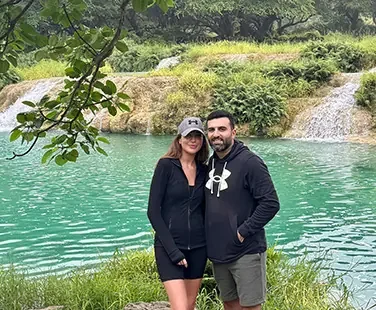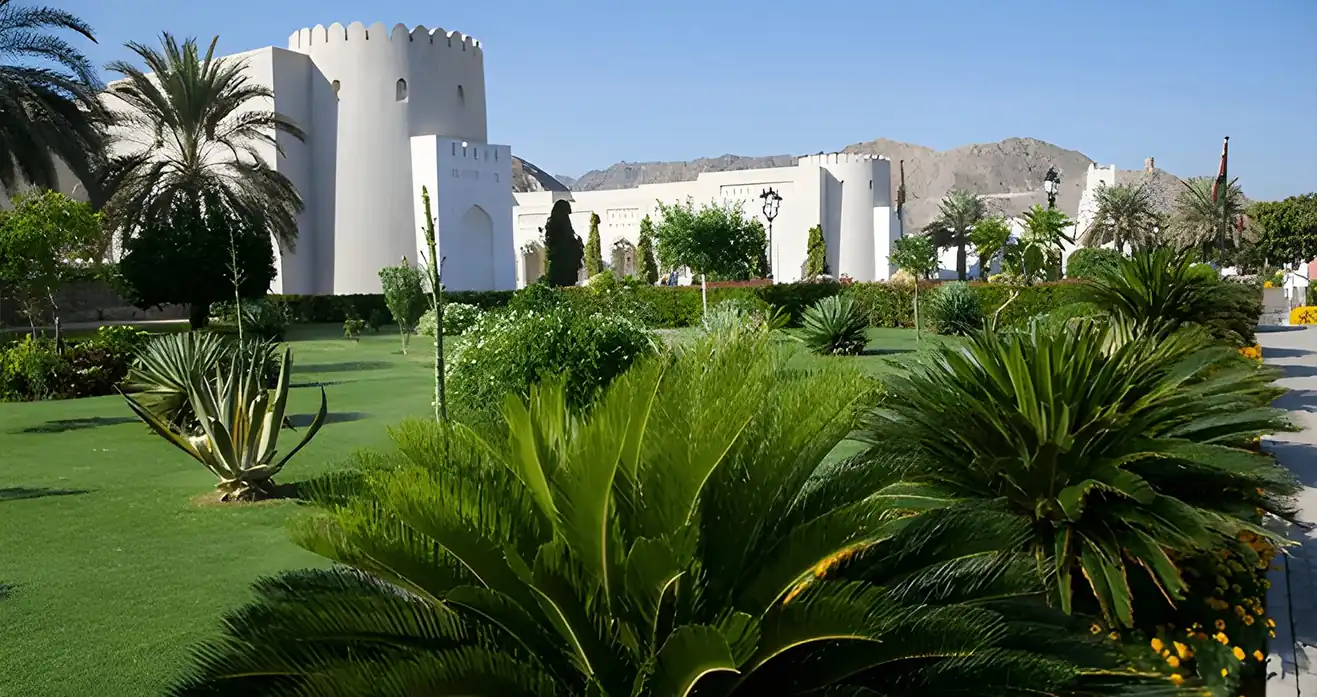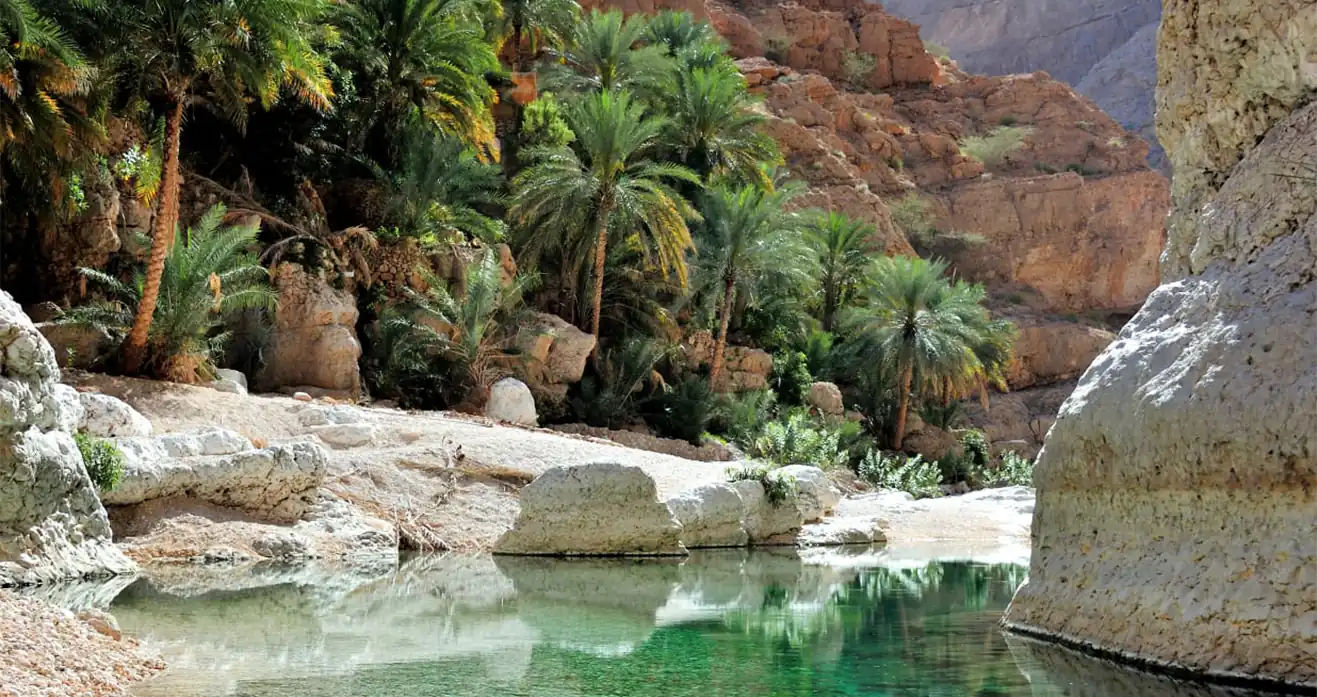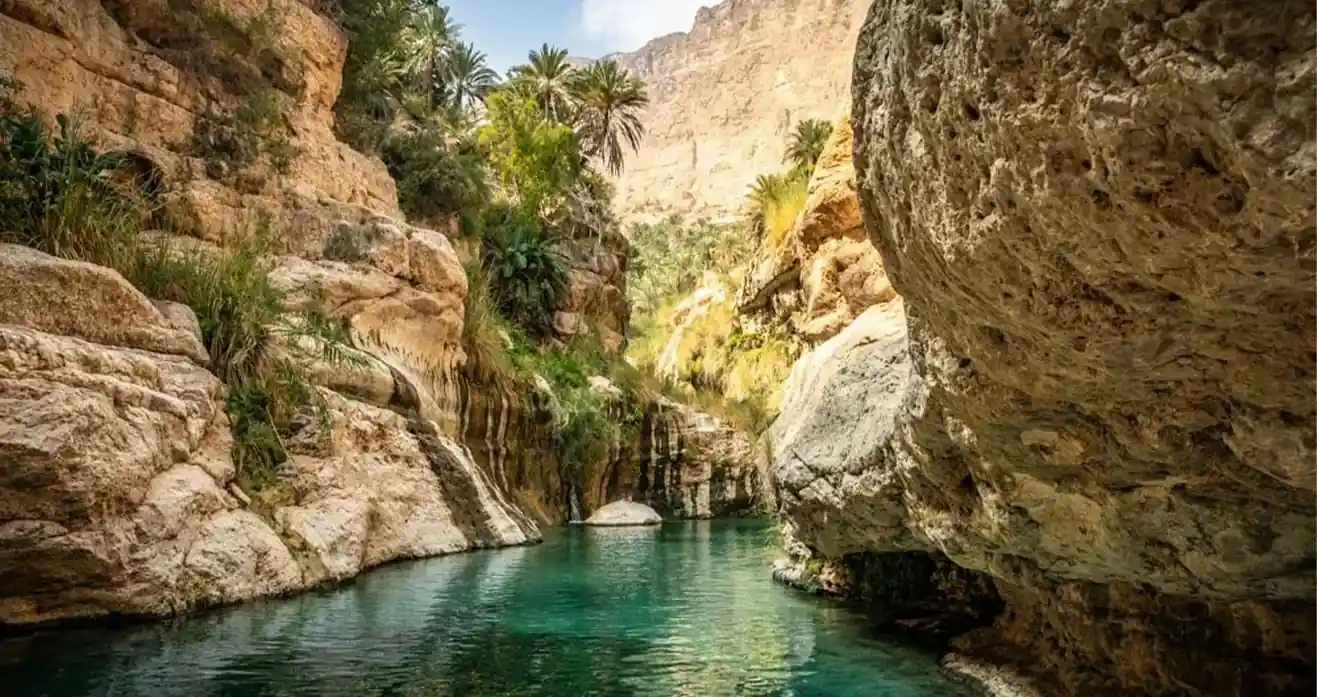Information about to Nabi Ayub’s Tomb Salalah
As I embarked on a journey to the mystical land of Salalah, nestled in the heart of Oman, I found myself drawn to a sacred site that has captivated the hearts and souls of countless pilgrims for centuries – the Tomb of Nabi Ayub, or Prophet Job. This ancient monument, steeped in history and spiritual significance, beckoned me with its aura of serenity and divine presence.
Surrounded by the rugged beauty of the Dhofar Mountains and the lush greenery of Salalah’s famous frankincense trees, the Tomb of Nabi Ayub stands as a testament to the enduring faith and resilience of the human spirit. As I approached this hallowed ground, I could feel the weight of its legacy, a legacy that has transcended time and cultural boundaries.
With an open heart and a curious mind, I embarked on a journey to unravel the mysteries and marvel at the mystical beauty that surrounds this sacred site. Join me as I explore the significance, history, and spiritual essence of the Tomb of Nabi Ayub in Salalah.
The significance of Nabi Ayub’s Tomb
The Tomb of Nabi Ayub holds immense significance for people of various faiths, particularly Muslims, Christians, and Jews. According to Islamic tradition, Nabi Ayub, known as the Prophet Job in the Bible and the Quran, was a man of unwavering faith and patience, who endured immense trials and tribulations with steadfast devotion to God.
This sacred site is revered as a place of pilgrimage, where believers come to seek blessings, offer prayers, and find solace in the presence of the Prophet’s resting place. The tomb serves as a powerful reminder of the virtues of perseverance, gratitude, and submission to the divine will, inspiring visitors to embrace these values in their own lives.
As I stood before the tomb, I could sense the profound reverence and spiritual energy that permeated the air. The atmosphere was one of quiet contemplation and profound respect, inviting me to reflect on my own faith and the enduring power of resilience in the face of life’s challenges.
Historical background of Nabi Ayub
The history of Nabi Ayub’s Tomb is intertwined with the rich tapestry of Salalah’s cultural heritage and the Islamic faith. According to local legends, the Prophet Ayub sought refuge in the region of Dhofar after enduring years of trials and tribulations, as recounted in the holy scriptures.
It is believed that Nabi Ayub lived and preached in the area, spreading the message of monotheism and faith in the one true God. His teachings and profound wisdom left an indelible mark on the local population, and his legacy has been cherished and preserved through generations.
As I delved deeper into the historical accounts, I was struck by the enduring power of this sacred site, which has withstood the test of time and remained a beacon of spiritual guidance for countless pilgrims throughout the ages.
Location and architecture of
The Tomb of Nabi Ayub is located in the heart of Salalah, the capital city of the Dhofar region in Oman. Nestled amidst lush palm groves and the majestic Dhofar Mountains, the tomb is a captivating sight that blends seamlessly with the natural beauty of its surroundings.
The architectural style of the tomb is a harmonious fusion of Islamic and Omani influences, reflecting the rich cultural heritage of the region. The main structure is a domed mausoleum adorned with intricate carvings and calligraphic inscriptions, paying homage to the Prophet’s legacy.
As I approached the tomb, I was struck by the serene atmosphere that enveloped the entire complex. The well-manicured gardens and the gentle sound of flowing water from the nearby fountains created a sense of tranquility, inviting visitors to pause and reflect on the spiritual essence of the site.
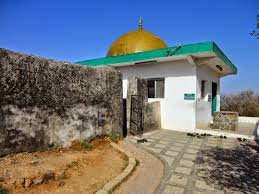
Rituals and traditions associated with Nabi Ayub’s Tomb
Visiting the Tomb of Nabi Ayub is a deeply spiritual experience, accompanied by a rich tapestry of rituals and traditions that have been passed down through generations. As I observed the devotional practices of the pilgrims, I was humbled by the depth of their faith and the reverence with which they approached this sacred site.
- Recitation of Prayers: Many visitors engage in the recitation of prayers and supplications, seeking blessings and guidance from the Prophet Ayub. The air is filled with the melodic chanting of verses from the Quran and the invocation of divine blessings.
- Offering of Incense: The burning of frankincense, a precious commodity deeply rooted in Salalah’s heritage, is a common ritual at the tomb. The fragrant smoke symbolizes the purification of the soul and the offering of gratitude to the divine.
- Seeking Blessings: Visitors often touch the walls of the tomb or tie strings or ribbons to the nearby trees, symbolizing their connection to the sacred site and their hope for blessings and answered prayers.
- Charity and Almsgiving: In keeping with the teachings of the Prophet Ayub, many pilgrims engage in acts of charity and almsgiving, believing that these deeds will bring them closer to the divine and honor the Prophet’s legacy of compassion.
As I witnessed these rituals and traditions unfold, I was deeply moved by the profound sense of community and shared reverence that permeated the atmosphere. It was a powerful reminder of the universal language of faith and the enduring power of spiritual connections that transcend cultural boundaries.
The spiritual journey to Nabi Ayub’s Tomb
My visit to the Tomb of Nabi Ayub was not merely a physical journey but a profound spiritual experience that touched the depths of my soul. As I approached the sacred site, I could feel a palpable shift in the energy around me, a sense of reverence and awe that seemed to emanate from the very walls of the tomb.
The journey began with a purification ritual, a symbolic cleansing of the mind, body, and spirit in preparation for the spiritual encounter that lay ahead. I removed my shoes, a gesture of respect and humility, and stepped onto the hallowed ground with a sense of reverence and openness.
As I entered the tomb’s inner sanctum, I was enveloped in a profound silence that seemed to amplify the beating of my heart and the whispers of my soul. The dim lighting and the scent of burning incense created an atmosphere of mystical beauty, inviting me to surrender to the moment and embrace the spiritual essence of the place.
It was in this sacred space that I found myself drawn into a state of deep contemplation and introspection. I reflected on the trials and tribulations of the Prophet Ayub, his unwavering faith, and the lessons of resilience and perseverance that his life embodied.
As I knelt in prayer, I felt a profound connection to something greater than myself, a sense of belonging to a vast tapestry of human experience that transcended time and space. In that moment, I understood the true power of faith and the transformative impact it can have on the human spirit.
Exploring the mystical beauty of Nabi Ayub’s Tomb
Beyond the spiritual essence of the tomb itself, the surrounding area of Salalah offered a feast for the senses, inviting me to explore the mystical beauty that permeated every corner of this enchanting region.
- The Frankincense Trail: Salalah is renowned for its rich history of frankincense production, and the Frankincense Trail offered a captivating glimpse into this ancient tradition. I followed the winding paths through the lush frankincense groves, inhaling the intoxicating aroma that has been revered for centuries.
- The Dhofar Mountains: The majestic Dhofar Mountains provided a breathtaking backdrop to the Tomb of Nabi Ayub, their rugged peaks and verdant valleys offering a sense of awe and wonder. I embarked on a hiking adventure, allowing the natural beauty of the landscape to rejuvenate my spirit and connect me with the raw power of nature.
- The Wadis and Oases: Salalah is blessed with a network of wadis (dry riverbeds) and lush oases that come alive during the monsoon season, transforming the landscape into a verdant paradise. I explored these hidden gems, marveling at the vibrant flora and fauna that thrived in these pockets of natural abundance.
As I immersed myself in the mystical beauty of Salalah, I couldn’t help but feel a profound sense of gratitude and reverence for the natural wonders that surrounded me. It was as if the divine hand had crafted this region as a testament to the boundless beauty and diversity of creation, inviting me to embrace the interconnectedness of all things.
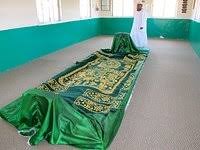
Local legends and stories about Nabi Ayub’s Tomb
No journey to a sacred site is complete without delving into the rich tapestry of local legends and stories that have been woven around it. The Tomb of Nabi Ayub is no exception, and as I engaged with the local community, I was regaled with tales that added depth and texture to my understanding of this hallowed ground.
- The Miracle of the Spring: One of the most captivating legends revolves around a miraculous spring that is said to have emerged from the ground at the behest of Nabi Ayub. According to the story, the Prophet struck the earth with his staff, and a stream of pure, life-giving water gushed forth, quenching his thirst and that of his followers.
- The Healing Powers: Many locals believe that the Tomb of Nabi Ayub possesses healing powers, with stories of individuals being cured of various ailments and afflictions after visiting the site and offering their prayers. These tales are a testament to the enduring faith and belief in the divine power that permeates this sacred space.
- The Frankincense Connection: Local legends also speak of the deep connection between Nabi Ayub and the frankincense trade that has been a cornerstone of Salalah’s economy for centuries. It is said that the Prophet blessed the frankincense trees, ensuring their continued prosperity and abundance for generations to come.
As I listened to these captivating tales, I couldn’t help but be drawn into the rich tapestry of folklore and tradition that surrounded the Tomb of Nabi Ayub. These stories added a layer of mystique and wonder to my experience, reminding me of the enduring power of storytelling and the human need to imbue sacred spaces with meaning and significance.
Tips for visiting Nabi Ayub’s Tomb in Salalah
If you find yourself drawn to the mystical beauty and spiritual essence of the Tomb of Nabi Ayub, here are some practical tips to ensure a meaningful and respectful visit:
- Dress Modestly: As a sign of respect for the sacred nature of the site, it is recommended to dress modestly, covering your shoulders and legs. This applies to both men and women.
- Observe Silence: Maintain a respectful silence within the tomb’s premises, allowing for an atmosphere of reverence and contemplation.
- Remove Your Shoes: Before entering the inner sanctum of the tomb, remove your shoes as a gesture of humility and respect.
- Respect Local Customs: Be mindful of local customs and traditions, and refrain from any behavior that may be perceived as disrespectful or offensive.
- Hire a Local Guide: Consider hiring a local guide who can provide valuable insights into the history, significance, and cultural nuances surrounding the Tomb of Nabi Ayub.
- Visit During Off-Peak Hours: To avoid large crowds and experience a more serene atmosphere, consider visiting the tomb during off-peak hours or early in the morning.
- Carry Water and Wear Comfortable Shoes: If you plan to explore the surrounding areas, carry water and wear comfortable walking shoes, as the terrain can be rugged and the temperatures can be high, especially during the summer months.
By following these tips, you can ensure a respectful and enriching experience at the Tomb of Nabi Ayub, allowing you to fully immerse yourself in the spiritual essence and mystical beauty of this sacred site.
If you find yourself drawn to the mystical allure of Salalah and the Tomb of Nabi Ayub, consider planning a spiritual journey to this enchanting region. Embrace the opportunity to connect with your inner self, explore the rich cultural heritage, and immerse yourself in the natural beauty that surrounds this sacred site. Whether you seek solace, inspiration, or a transformative experience, the Tomb of Nabi Ayub awaits, offering a profound encounter with the divine and a chance to embark on a journey of self-discovery. Embark on this spiritual pilgrimage and allow the mystical beauty of Salalah to leave an indelible mark on your soul.
Conclusion: A transformative experience at Nabi Ayub’s Tomb
As I bid farewell to the Tomb of Nabi Ayub and the enchanting city of Salalah, I couldn’t help but feel transformed by the profound experience I had encountered. This sacred site, steeped in history and spiritual significance, had left an indelible mark on my soul, reminding me of the enduring power of faith, resilience, and the interconnectedness of all things.
The journey to the Tomb of Nabi Ayub was not merely a physical one but a spiritual odyssey that challenged me to confront my own beliefs, preconceptions, and inner struggles. Through the rituals, traditions, and local legends that surrounded this hallowed ground, I gained a deeper appreciation for the rich tapestry of human experience and the universal language of faith that transcends cultural boundaries.
As I reflect on my time in Salalah, I am filled with a profound sense of gratitude for the opportunity to witness and partake in such a transformative experience. The mystical beauty of the region, the warmth of its people, and the enduring legacy of Nabi Ayub have left an indelible imprint on my heart and mind.
I leave with a renewed sense of purpose, a deeper connection to the divine, and a heightened appreciation for the sacred spaces that dot our world, reminding us of the enduring power of faith and the resilience of the human spirit. The Tomb of Nabi Ayub stands as a beacon of hope, a reminder that even in the face of life’s greatest challenges, unwavering faith and perseverance can guide us through the darkest of times.
As I embark on the next chapter of my journey, I carry with me the lessons and insights gained from this sacred pilgrimage, forever changed by the mystical beauty and spiritual essence of the Tomb of Nabi Ayub in Salalah.





